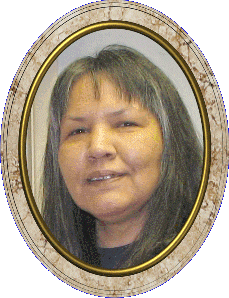
BEADWORK
By Maria D.L. Coleman, December 17,
2006
·
American Indians and Alaska Natives are known for intricate beadwork.
Our population has marketed these crafts for centuries.
The bartering trade system brought foreign products to
·
Acquiring beads through the trade system required having goods for trade
with enough remaining for our own survival.
A household could include many extended family members and guests
if a person had plenty, and that allowed more hands to dedicate to
decorative tasks. In turn,
traders sought out stylish beadwork along with survival products:
snow shoes, furs, oil, and life secrets.
·
In Dena’ina (Athabaskan) territory, beadwork was typically a winter
focused activity for all genders.
It is cold then and a time for reflection.
Each individual (both male and female) would also prepare their
own burial regalia. Detailed
beadwork is a great tool for learning and thought. My beadwork is a
periodic effort due to modern home and work duties.
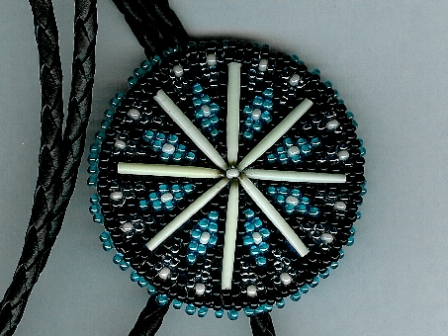
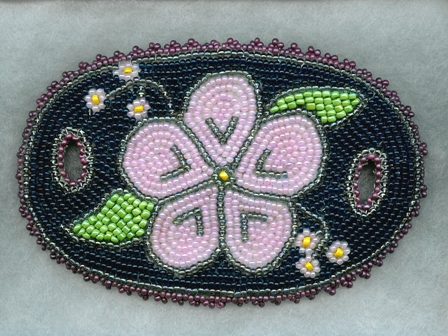
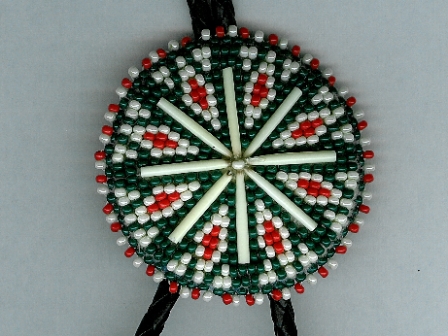
·
Certain areas have particular styles that are known throughout the
country. It is very
offensive and disrespectful to classify art and design from one area as
the same for all.
·
Not all beadwork is area specific.
Artists throughout the world strive to accomplish unique designs.
All kinds of people pick up on the good ones.
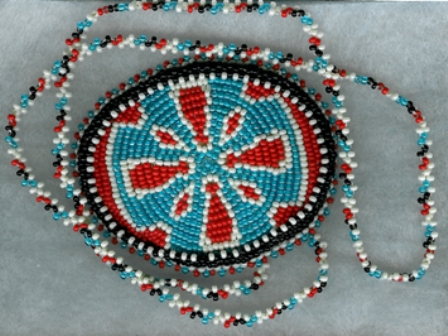
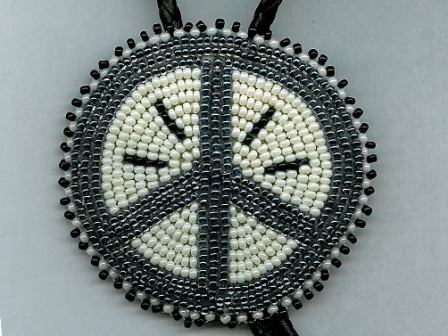
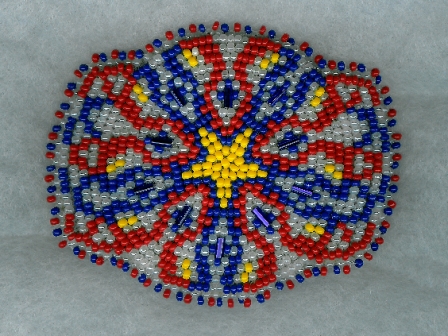
· My name is Maria Coleman. I was born Deborah Ezi. My grandfathers were “chiefs.” (Dena’ina had different words for the leaders.) My mother experienced the transition to structured school beginning 2nd grade at the age of 14. Like others, our elders were abused for practicing their culture or speaking their language. Today, we honor our culture by reviving it. Chin’an! (Thank You)